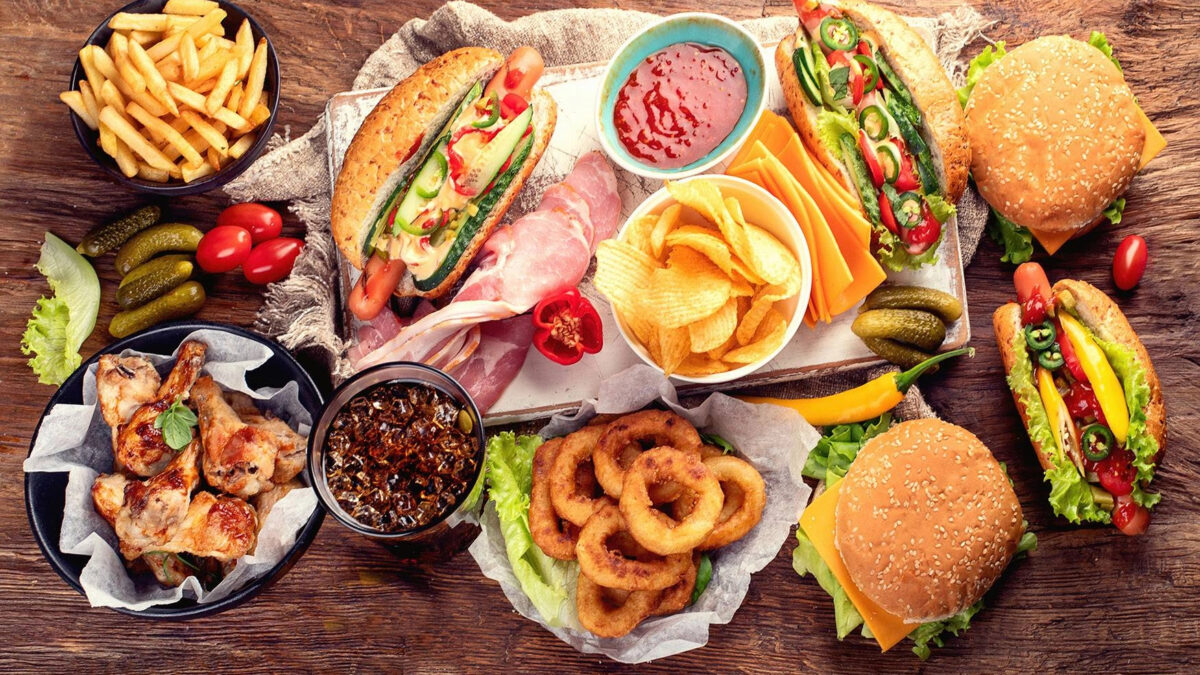Can I Trademark a Food Idea?

All over the world, people are passionate about food and the effort that goes into trying and experimenting with different ingredient combinations to craft the perfect recipe. Often, recipes get handed down from generation to generation. Other times, with enough practice and experimentation, you can create your own. Sometimes your favorite recipes may even be unique enough to qualify for a patent.
How Does the USPTO Define a Food Patent?
If you have an original recipe that you want to protect from the use of others, consider filing for a food patent. Any food innovation falls under Class 426 by the United States Patent and Trademark Office (USPTO). This category includes any original recipes, methods of food processing, or unique food packaging used.
A food patent falls under the broader category of a utility patent. Utility patents are obtained so that new inventions and ideas are protected from others reproducing them for profit and claiming the innovation as their own. When you have a utility patent, no one else can create or distribute your product. This ensures your good ideas belong solely to you.
Can Food Ideas Be Granted a Food Patent?
To gain a food patent, you must have a well-established plan of execution. Simply submitting an application for a food idea does not qualify you to be issued a food patent. Instead, these ideas must be thoroughly written out and explained. You need a detailed explanation of exactly how the product is produced, including every item that is used to make it, precisely how much of each item is needed, and thorough instructions on how to produce the end results.
What this means is that a mere ingredients list won’t qualify you for a patent. Instead, full disclosure of the entire cooking process must be given in the application. If you are not comfortable with allowing your idea to be publicly visible by anyone, then securing a patent on your original food innovations may not be the right option for you.
In addition, you cannot patent food items that do not have specific product identifiers. Therefore, trying to patent a flavor is not allowed because it would disallow further innovations on this flavor from happening, creating a monopoly over the product.
How to Obtain a Food Patent
If your food innovation is more than an idea, and it has individual product identifiers that allow for further innovation, then the next step is to secure a food patent. Obtaining a food patent is often extremely difficult to do. The process involves proving to the patent examiners that your idea is unique, purposeful, and not easy to replicate. Due to these challenging requirements, most restaurants and cafes do not even go to the trouble of obtaining original food patents for their recipes.
- UniquenessTo obtain a food patent, your idea has to be totally original or different from any food innovations that have preceded it. If you have combined multiple different recipes into one, you must be able to prove how this was an original idea and not something that would have been thought of by many other people. To test if this is truly a unique idea, the patent examiner checks to see if there is a pre-existing patent that contains the same elements as your idea.
- PurposefulIn addition, the USPTO also will not issue a patent unless they find that your new food innovations are useful to society. If they do not believe that your product holds any significant value in the eyes of society, you won’t be issued a patent. In most cases, all food innovations pass this requirement of the food patent since all consumable goods are useful to society.
- Difficult to ReplicateWhat this often means is that it would not be easy for anyone else with mediocre culinary capabilities to distribute this food product without being specifically told how to do so. If, for example, you are trying to patent a new recipe for chocolate chip cookies, then to obtain a patent, your recipe must be non-obvious or contain ingredients that another baker would not be able to distinguish just by eating the product.
Successful Food Innovations That Qualify for a Food Patent
Although it is not always easy to invent an entirely new recipe that would qualify for a food patent, there is a plethora of opportunities for securing a food patent by modifying old recipes.
With the rise of new diet trends such as gluten-free, vegan, and low carb, people are in search of modified recipes of their favorite foods. Food innovations that take existing recipes and replace specific ingredients with others, such as replacing flour with a gluten-free substitute or meat with a vegan substitute, are proving to be qualifiable for original patents. The goal of modifying old recipes with new ingredients is to accommodate a society that is eating healthier and is more conscious of what is going in their bodies.
Finding more cost-effective ways to recreate high-quality meals is also proving to be a successful way of being granted a patent. Eating good food for cheaper is important to society and a great way to innovate in the culinary world.
For Further Questions About Applying for a Patent, Contact Four Reasons Legal
Whether you are in the beginning stages of protecting your original food innovations or have already started the process years ago, our team at Four Reasons Legal is here to assist you. We have been helping clients apply for and retain their patents and trademarks for over 15 years. We can provide advice on building the best application as well as protecting you in the case of any disputes down the line. We can also help ensure you do not lose your trademark/patent when it is time to apply for renewal.
If you are ready to secure a trademark or patent for your original food innovations contact us as soon as possible to set up a consultation. Our expert legal team will be glad to guide you through the process.




